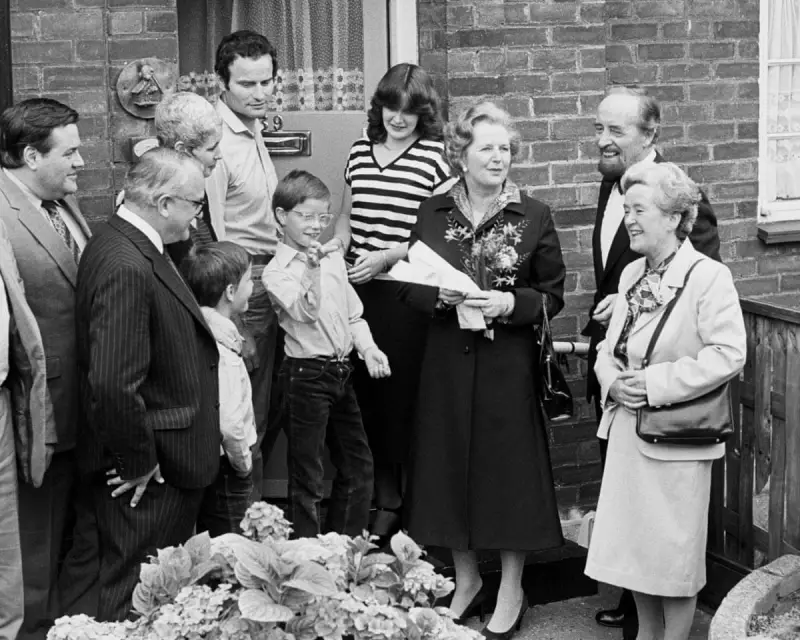
Margaret Thatcher's flagship Right to Buy policy, introduced in the 1980s, promised to create a "property-owning democracy". But four decades later, its legacy is one of depleted social housing stocks and soaring property prices that have locked many out of the market.
The Great Housing Giveaway
Between 1980 and 2015, nearly 2 million council homes were sold to tenants at discounted prices. While this created a generation of homeowners, it came at a steep cost:
- Council housing stock fell by 60% in some areas
- Many properties quickly became private rentals at higher rents
- Replacement homes weren't built at the same rate
The Ripple Effect on Today's Market
The policy's effects continue to shape the UK's housing landscape. With fewer affordable homes available:
- Waiting lists for social housing have ballooned
- Generation Rent faces unprecedented challenges
- Local authorities struggle to meet housing needs
Housing experts argue that while the policy achieved its short-term political goals, its long-term consequences have been disastrous for housing affordability and availability across Britain.
A Policy That Changed Britain
Right to Buy didn't just transform housing - it reshaped British society. The mass transfer of property from public to private hands:
- Accelerated the decline of council housing
- Created new patterns of wealth distribution
- Fundamentally altered the relationship between citizens and the state
As the UK grapples with an ongoing housing crisis, the debate over Right to Buy's legacy remains as contentious as ever.





